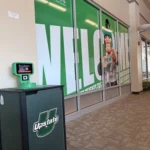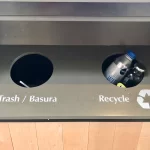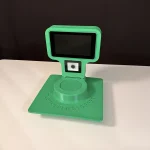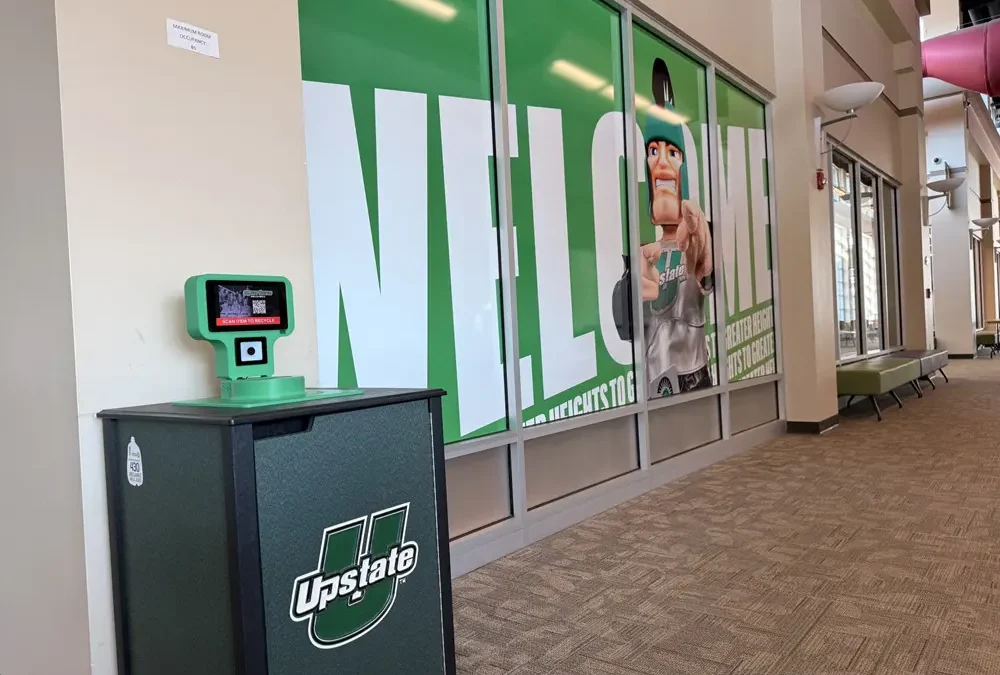
by Waste Wise Team | Dec 4, 2025 | Aluminum, Chain of Custody, College Campus, Colleges, Consumer Engagement, Contamination, Contamination Prevention, Data Collection, PET, Recycling, Recycling Data, Recycling Stream, rPET, Sustainability, Venues
Introduction: The Quality Crisis in Institutional Recycling If you manage recycling programs at a university, corporate campus, sports venue, or entertainment facility, you already know the challenge: contamination. Despite good intentions, 25-35% of material placed...
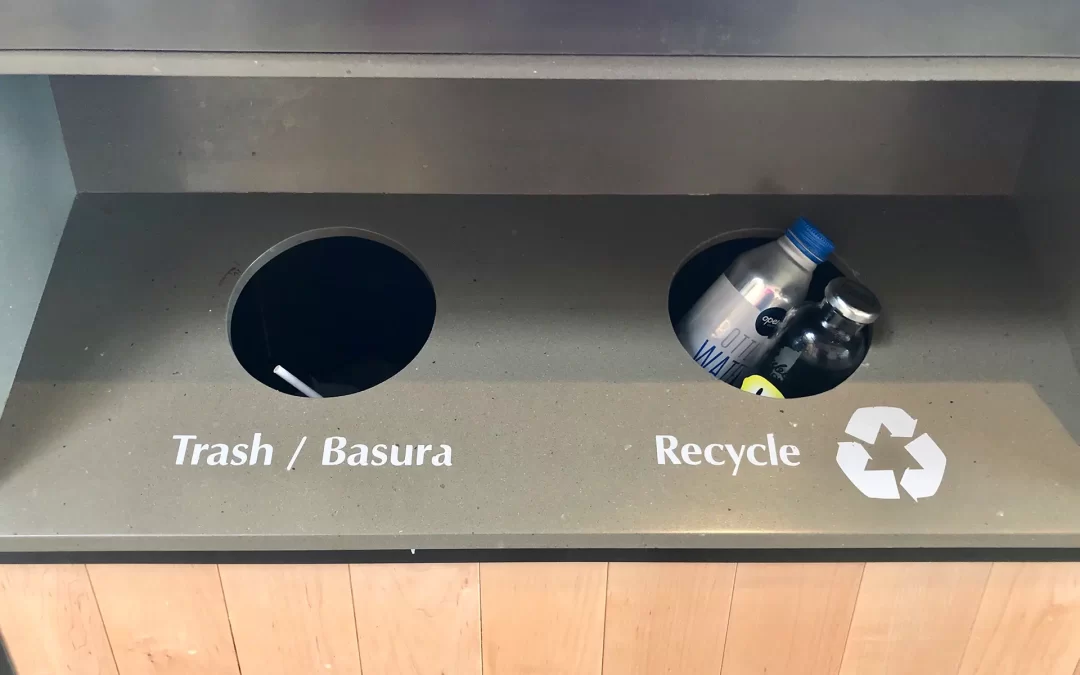
by Waste Wise Team | Dec 2, 2025 | Chain of Custody, College Campus, Colleges, Consumer Engagement, Contamination, Contamination Prevention, Data Collection, Data Management, Innovation, Listening, PET, Recycling, Recycling Data, Recycling Stream, rPET, Stakeholders, Sustainability, Venues
If you ask most people, they’ll tell you they recycle. They place bottles and cups in the recycling bin and assume those materials are getting a second life. Reality is more complicated. Across campuses, stadiums, offices, and cities, 30–50% of what enters a recycling...
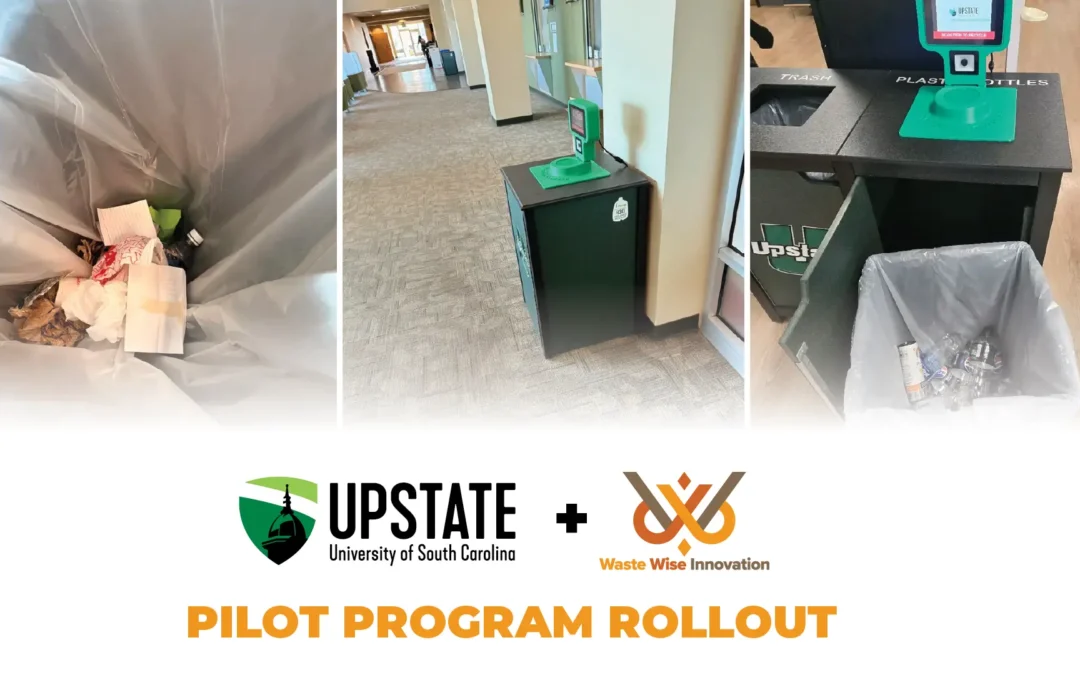
by Waste Wise Team | Nov 12, 2025 | Consumer Engagement, College Campus, Contamination, Contamination Prevention, Data Collection, Data Management, Innovation, PET, Recycling, Recycling Data, Recycling Stream, rPET, Sustainability
When Waste Wise Innovation first partnered with the University of South Carolina Upstate, both organizations shared a vision of a cleaner, smarter, and circular campus recycling system. As the pilot progresses, that vision is being explored through on-campus...

by Waste Wise Team | Oct 31, 2025 | Sustainability, Manufacturing, Recycling
At Waste Wise Innovation, we believe products that enable recycling should be made sustainably themselves. That’s why every Topper Stopper™ unit is designed for circularity, from the materials we choose to the way each unit is collected and remade at end of life. This...

by Waste Wise Team | Oct 3, 2025 | Consumer Engagement, Colleges, Contamination, Contamination Prevention, Data Collection, Data Management, Innovation, PET, Recycling, Recycling Data, Recycling Stream, rPET, Sustainability
Waste Wise Innovation (WWI) is proud to partner with the University of South Carolina Upstate to launch a groundbreaking pilot program that will bring smart, data-driven recycling to campus. Through this initiative, USC Upstate is deploying Topper Stopper™ smart...







